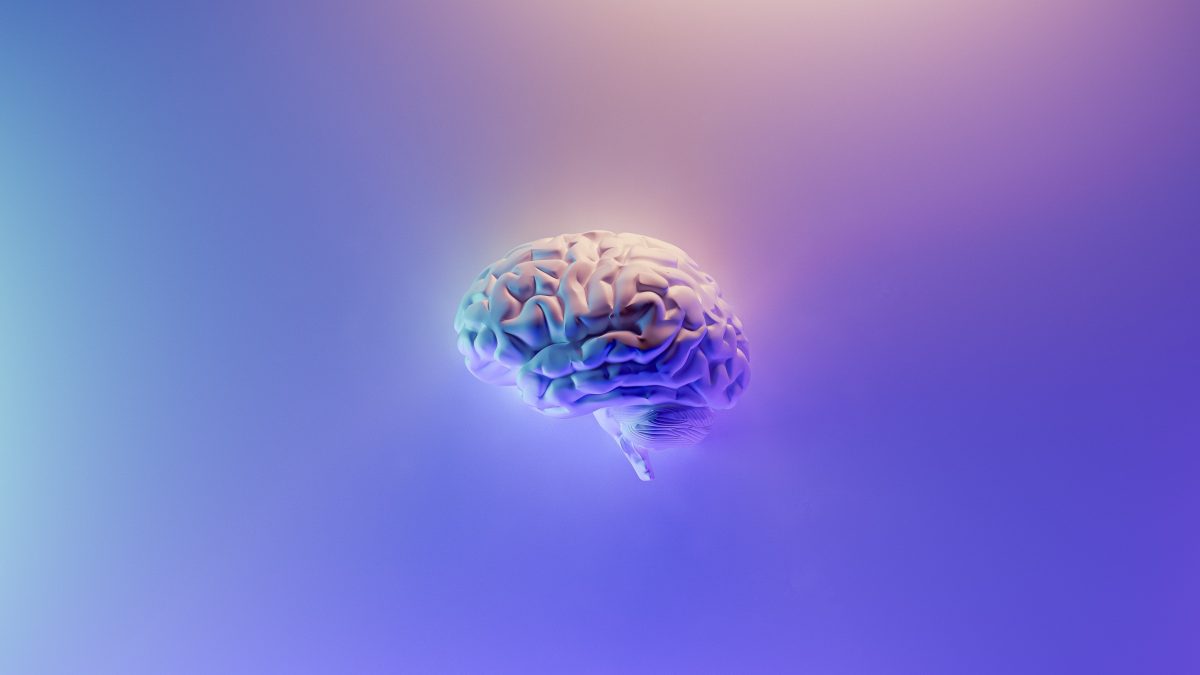Since inception, humanity has been bound by the constraints of its five senses and fantasized with the idea of either enhancing or expanding our senses. However, as the world realized following Elon Musk’s presentation on a pig implanted Neuralink chip in 2020, this dream might not be that far away from becoming reality. In the past, humans have focused on utilizing technology to have a more fulfilling life by developing devices, outside of the connection with our human body, that can enrich our way of living. Take as an example a smartphone, a portable communications device, which, today, we have become dependent on for eased communication and information, thus, our social and professional lives. However, with vital advancements in sensory technologies and our understanding of human biology, research throughout the 21st century has increasingly focused on to the possible interconnection between technology and the human body.
One example of a sensory substitution technology that as recently entered the market, is the bracelet device designed by Neosensory. Emulating sound waves through vibrational motors in the bracelet, the device can enable deaf people to hear and experience different sounds by substituting their auditory sense with their tactile (touch) sense. The device has shown remarkable results following training, proving that our sensual experiences do not necessarily depend on the senses we are equipped with upon birth but can artificially be expanded by other functionalities. In the end our brain identifies and makes sense of patterns, but it does not care on how it receives them. This results in the question of what other senses or functionalities our bodies could be expanded by using vibrational devices. Check out the video below for more information on Neosensory’s and competitor, Ontenna’s, technology:
However, with technologies such as Neosensory’s device already being possible to develop today, research has taken increasingly more interest in truly expanding the capabilities of the human body. Thereby, companies such as North Sense have experimented with using vibrational motors to expand our capabilities, using vibration to indicate whether one is facing north and build up a better spatial orientation. Another, more advanced, example is Elon Musk’s Neuralink chip, which is attempting to enable humans to control their electronic devices with their thoughts and combine human with artificial intelligence to develop “superhuman cognition.
Regardless, taking the current dependency of humans on technology already into consideration, this bears the question of whether and how these technologies will reshape our lives and if we will become too dependent on them to lead a fulfilling life. Looking at the world’s reaction to the recent social media outage, we can critically assess that a certain dependency is already existent. With technologies such as the one described above, it is interesting to evaluate if devices as such will become a necessary tool in our day-to-day life, such as the smartphone or if this will rather remain a gadget for tech enthusiasts and wealthy people. In order to evaluate this properly, several aspects have to be taken into account such as implementation, privacy and security regulations or the general acceptance within society amongst others. With our senses relying on information systems, thus being recordable and manipulable, significant concerns come to mind with regards to a secure implementation. Leave a comment below and let me know how you feel about this! Do you think such devices will transform our daily lives and become an essential part of our sensual experience of the world that we depend upon in the future?
References & Interesting Articles for Further Information
BBC, 2020. Neuralink: Elon Musk unveils pig with chip in its brain. [Online]
Available at: https://www.bbc.com/news/world-us-canada-53956683
[Accessed 06 October 2021].
BBVA, 2016. The Sensory Revolution of Technology. [Online]
Available at: https://www.bbvaopenmind.com/en/technology/future/the-sensory-revolution-of-technology/
[Accessed 06 October 2021].
Brenner, M., 2020. How Enhancing Our Senses Will Transform Our Culture. [Online]
Available at: https://medium.com/swlh/how-enhancing-our-senses-will-transform-our-culture-ee317ec11d24
[Accessed 6 October 2021].
Golembiewski, L., 2020. Are You Ready for Tech That Connects to Your Brain?. [Online]
Available at: https://hbr.org/2020/09/are-you-ready-for-tech-that-connects-to-your-brain
[Accessed 6 October 2021].
Kobie, N., 2016. Why stop at five senses? Tech is letting us hack our brains to give us ‘superpowers’. [Online]
Available at: https://www.wired.co.uk/article/hacking-senses-adding-more
[Accessed 06 October 2021].
Maidenbaum, S., Abboud, S. and Amedi, A., 2014. Sensory substitution: closing the gap between basic research and widespread practical visual rehabilitation. Neuroscience & Biobehavioral Reviews, 41, pp.3-15.

